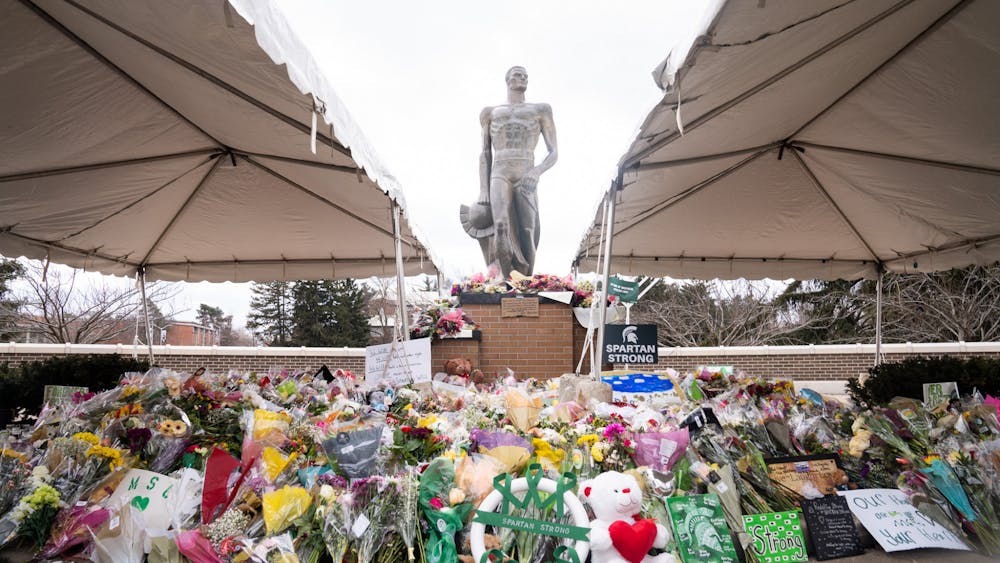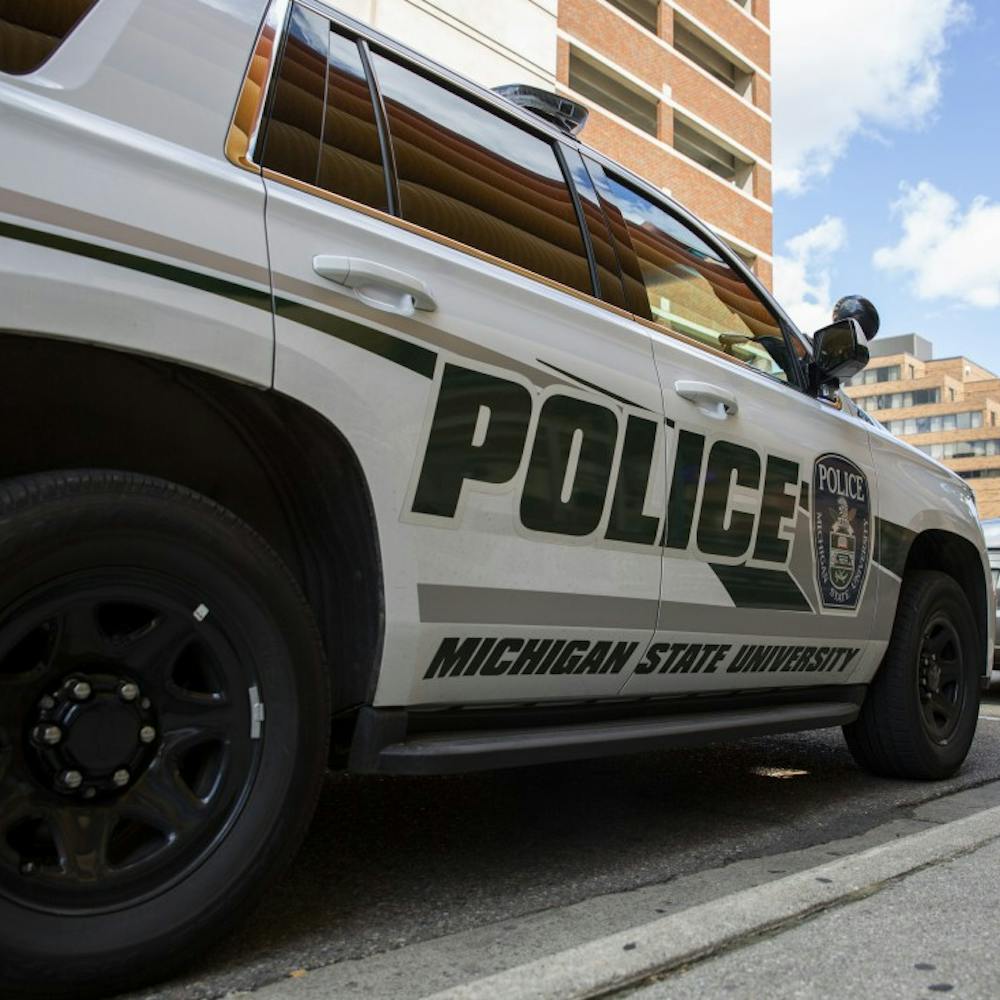For years, Michigan State University men’s basketball largely avoided the churn of the transfer portal — one of the most volatile, market-driven forces in modern college sports.
Now, after a 30-win season and an Elite Eight run, it’s very much part of the storm.
Less than 48 hours after the Spartans’ season ended at the hands of No. 1 seed Auburn in Atlanta, junior guard Tre Holloman, sophomore forward Xavier Booker and redshirt freshman Gehrig Normand entered the transfer portal.
None have officially announced their next destinations, but all three are expected to explore high-major options.
It’s the latest signal that even at MSU — where men’s basketball head coach Tom Izzo has long prioritized culture, chemistry and development — the new realities of college sports are unavoidable.
Holloman’s decision, in particular, shook the MSU fandom, not just because of his role or production, but because of what he represented. The junior guard was a co-captain, a symbol of the program’s connectedness and a key figure in the Spartans’ best season in recent memory. He played through losing his starting spot to freshman guard Jase Richardson, hit one massive shot after another — including a half-court game-winner at Maryland — and helped the Spartans become who they were in March.
Booker and Normand’s departures felt more foreseeable. Both were part of MSU’s highly touted 2023 recruiting class, bringing intrigue and upside — Booker as a former five-star stretch forward and Normand as a confident wing shooter — but neither carved out a consistent role in East Lansing.
College basketball’s ecosystem has changed. MSU, like everyone else, is adjusting in real time.
An era of value and mobility
This spring’s transfer portal cycle is among the most crowded ever. Over 1,700 players had entered the portal as of April 3, a number expected to grow as the men’s basketball window remains open until April 22.
And more than ever, the portal has become a gauge of market value. With name, image and likeness (NIL) playing a central role in recruitment and roster movement, high-profile transfers are expected to command seven-figure deals.
Holloman averaged 9.1 points, 3.7 assists and shot 33% from three during his junior season. His experience, defense and leadership make him an attractive option for high-major programs looking to win now. In today’s climate, that means the potential for significant offers.
Players can now explore that market with a sharper understanding of what they’re worth — and how different roles, environments or brands might help them grow.
MSU was one of just two Power Five programs — alongside Stanford — that didn’t take a single transfer in the 2022 or 2023 offseasons. That continuity helped build one of the nation’s most cohesive units this year, a team Izzo said "restored my faith in humanity" following the Spartans’ Elite Eight loss.
Continuity is harder to guarantee now. Under current NCAA rules, athletes can transfer without sitting out and still retain immediate eligibility, as long as they enter during the designated portal window and meet academic requirements.
What the future holds: Money and a changing model
The growing weight of the transfer portal comes at a time when college athletics is bracing for seismic change. The proposed House v. NCAA settlement — which awaits final court approval in a hearing set for April 7, the same day as the national championship game — could reshape the structure of Division I sports by introducing revenue sharing between schools and athletes.
The plaintiffs, including current and former college athletes, are seeking not only back pay for lost NIL opportunities but long-term revenue sharing from the billions generated annually by college sports.
The agreement would allow Power Five schools to directly pay players for the first time in NCAA history, opening the door for programs to share upwards of $20 million annually with their athletes, starting in the 2025-2026 school year.
Responsibility for implementation would fall to the NCAA and the five power conferences, including the Big Ten. The move would formally acknowledge college athletes as direct participants in a billion-dollar business.
Support student media!
Please consider donating to The State News and help fund the future of journalism.
That looming shift adds context to the frenzy of this spring’s transfer portal. For players like Holloman — now developed into high-major contributors — the market is active, but the structure around that market could look vastly different in just a year.
Until then, players like him are operating in a transitional window — the final cycle before revenue sharing becomes formalized. With NIL collectives still shouldering most of the compensation burden, this year’s portal feels like the last true open-market run.
Discussion
Share and discuss “What the transfer portal means in 2025 and where MSU fits in” on social media.







